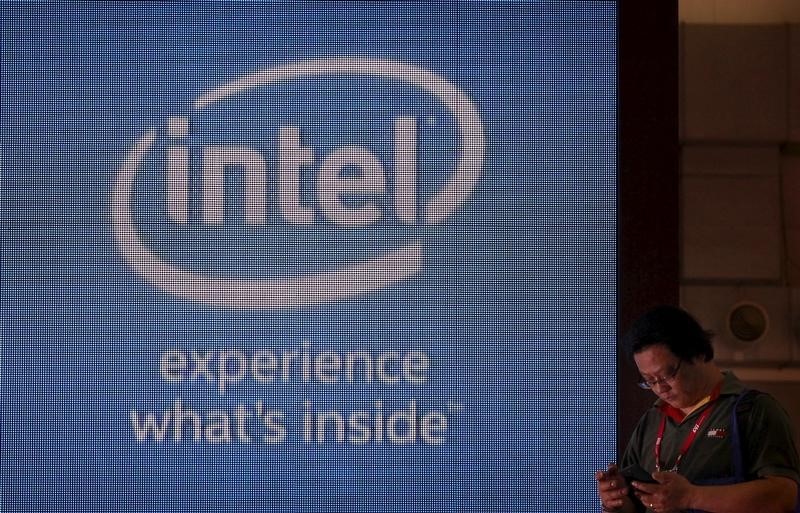TSX lower as gold rally takes a breather
Intel's (NASDAQ:INTC) software initiative is progressing well, with the company potentially reaching a cumulative software revenue of $1 billion by the end of 2027, the company’s CTO Greg Lavender told Reuters.
In 2021, the year Lavender joined Intel from VMware under CEO Pat Gelsinger, Intel generated over $100 million in software revenue. Since then, the chipmaker has acquired three software companies.
"I have a goal of getting to $1 billion of software and developer cloud subscription revenue," Lavender reportedly said in the interview. "I think I'm on track to hit this goal by the end of 2027 ... maybe sooner."
Lavender's strategy focuses on services in AI, performance, and security, with Intel investing heavily in these areas. Moreover, he noted strong demand for Intel's upcoming Gaudi 3 chip, which he believes will help the company secure second place in the AI chip market.
Intel is also backing open-source initiatives aimed at developing software and tools for a variety of AI chips, with anticipated breakthroughs in the coming months.
Among those is Triton, an OpenAI-led project to create an open-source programming language that improves code efficiency across AI chips. AMD (NASDAQ:AMD) and Meta (NASDAQ:META) are also involved in this project.
Triton is already operational on Intel's current graphics processing units and will be compatible with the next generation of AI chips.
"Triton is going to level the playing field," Lavender said.
Intel and AMD have struggled to significantly challenge the dominance of market leader Nvidia (NASDAQ:NVDA) (NVDA, which controlled approximately 83% of the data center chip market in 2023. Nvidia's success is partly attributed to its software, CUDA, which keeps developers loyal to Nvidia chips.
Recent reports have suggested that the AI darling is facing an antitrust lawsuit from France’s regulators due to suspected anti-competitive behavior. The watchdog has expressed concerns about the generative AI sector's reliance on CUDA.
